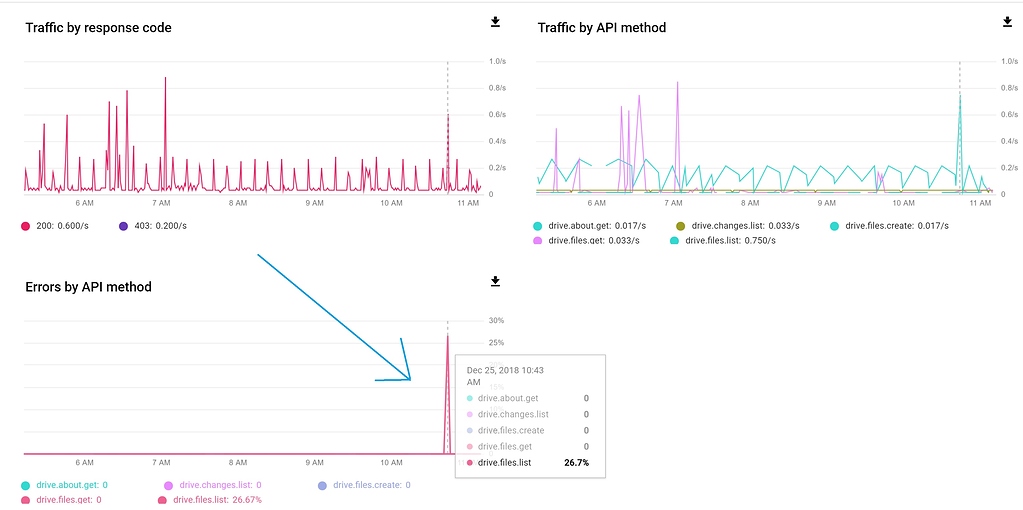


#Swinsian dedupe software#
source deduplication uses client software to compare new data blocks on the primary storage device with previously backed up data blocks. "If you're deduping right at the source, you get the benefit of a smaller image, a smaller set of data going across the wire to the target," Byrne said. If the data is deduped at the source, redundancies are removed before transmission to the backup target. Global deduplication takes dedupe to the next levelĭeduping can be performed by software running on a server (the source) or in an appliance where backup data is stored (the target). post-processing deduplication, and the pros and cons of global deduplication.ĭeduplication Best Practices Guide: Choosing the right dedupe technology

In this guide on deduplication best practices, learn what you need to know to choose the right dedupe technology for your data backup and recovery needs. So when you are ready to invest in dedupe technology, consider the following technology differences and data deduplication best practices to ensure that you implement the best solution for your needs. While the overall data deduplication concept is relatively easy to understand, there are a number of different techniques used to accomplish the task of eliminating redundant backup data, and it's possible that certain techniques may be better suited for your environment. "In environments where you can achieve 70% to 90% reduction in needed capacity for your backups, you can pay back your investment in these dedupe solutions fairly quickly." Jeff Byrne, senior analyst for the Taneja Group, said deduplication technology can have a rapid return on investment (ROI). Dedupe technology offers storage and backup administrators a number of benefits, including lower storage space requirements, more efficient disk space use, and less data sent across a WAN for remote backups, replication, and disaster recovery.


 0 kommentar(er)
0 kommentar(er)
